The Loon Macaques found in Cantomucad, Loon, Bohol is now one of the tourist attractions the Bohol government is heavily promoting. Because it is not usually included in a countryside tour package, the Macaques in Loon are not as popular as the Chocolate Hills, Baclayon Church and Loboc River. Macaques are short-tailed monkeys of rocky regions such as Asia and Africa. In the Philippines, there are many of these monkeys in the wild but some people are capturing them and making them as pets at home.
Written by: Reigh P. Monreal
The Mangrove Monkeys are found in the inner part of Bohol but it is only in Cantomucad where people do not intimidate these macaques as long as they are given food to eat. Cantomucad is one of the barangays of Loon that is referred to as the “ready-to-wear capital” of Bohol. Its RTW, as well as those produced in adjacent Pondol, lorded it over in retail stores in many business centers in the Visayas and Mindanao. Despite the advent of the “ukay-ukay”, the local garments manufacturing has survived through the years.
Meanwhile, a species of crab-eating monkeys inhabiting the barangay’s pristine mangrove forest may as yet trigger the business acumen of the local residents as the primates have become a tourist attraction and their habitat a showcase for environmental conservation. This early, some enterprising residents have produced macaques-inspired t-shirts for their “monkey business”.
Macaques belong to the subfamily Cercopithecinae. Although native to Asia and Nothern Africa, thousands of them are housed in research facilities, zoos, wildlife or amusement parks, and are kept as pets in private homes throughout the world, making them the most widely distributed genus of nonhuman primates.
Considered as true monkeys, these animals have a very intricate social structure and hierarchy. If a macaque of lower status in the social chain has eaten berries and there are none left for a higher-level macaque, the latter can, within this social organization, remove the berries from the former’s mouth.
Macaques, especially Macaca mulatta and Macaca fascicularis, are commonly used in research, most recently concerning AIDS. Their coloration includes gray, brown or black fur. They tend to be heavily built and medium to large in stature. Males and females may differ in weight, body size and canine (tooth) size. The species found in Cantomucad is Macaca fascicularis philippinensis.
Giving food to the animals is strictly the task of the caretakers and is done at certain times of the day.
When the monkeys are nowhere found, they are most likely engaged in things they normally do, like looking for crabs, clams and mudskippers (“tambasakan”); clinging and sleeping on tree branches; or just playing around with family members.
Loon Macaques also features a well-protected mangrovetum or mangrove garden, the species of which have been identified by the Bohol Environment Management Office. It has a receiving area and a boardwalk and there are no food service facilities available because the monkeys are sensitive to the smell of food.
Viewing Time
Because these wild Macaques have a huge habitat, they are not always available or seen in the feeding area. For those who want to experience or see these short-tailed monkeys, you can visit the place from 8:00 AM to 12:00 NN. If you are only interested in watching the mangroves or the habitat of the macaques, you can visit until 5:00 PM.
More Information
Lush greeneries of bushes and trees surround the area of the Loon Macaques. The walkway going to the nipa house is made of bamboo and tourist can see a weird animal (I do not know the name) which looks like a combination of a crab and a scorpion – or maybe I should name it “Scorpiocrab”.
The entrance fee is only P40. This payment if for the fruits (papaya, banana, etc) to be fed to the monkeys to entice them to stay at the feeding area and call the other members of tribe through their own sound signals. For about 10-15 minutes, you will be very close with the monkeys but you are not allowed to hold them because they may think you are an enemy and the whole tribe will attack you.
Prohibited Acts
– Do not monkey around or make unnecessary noise.
– Do not throw your garbage anywhere.
– Do not feed the monkeys; our caretakers will do it or you.
– Do not throw anything at the monkeys.
– Do not smoke, eat or drink within the macaques’ habitat.
– Do not cut or bend the branches of trees.
– Do not hunt for any wildlife.
– Do not sneak into the boardwalk from any illegal access.
– Do not stay on the boardwalk for more than 30 minutes.
Contact Information
If you want to know more about the macaques, you can call the numbers below for a detailed information.
Reigh P. Monreal
Municipal Tourism Action Officer
(038) 5059131
Joermelyne Perez
Manager, Loon Macaques
09487189616
This page is last updated on
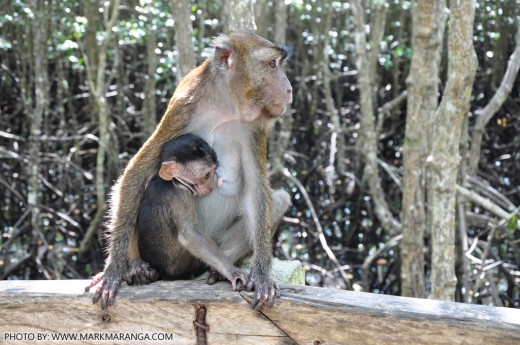
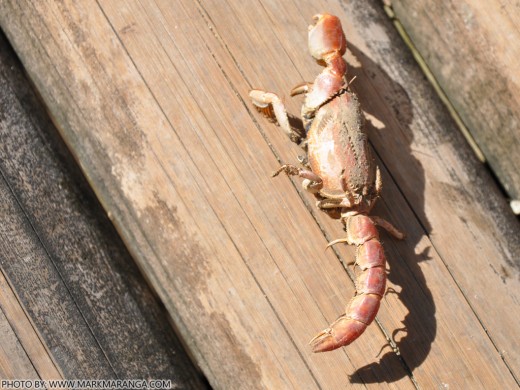
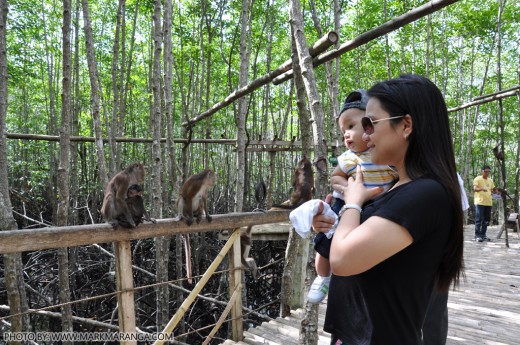
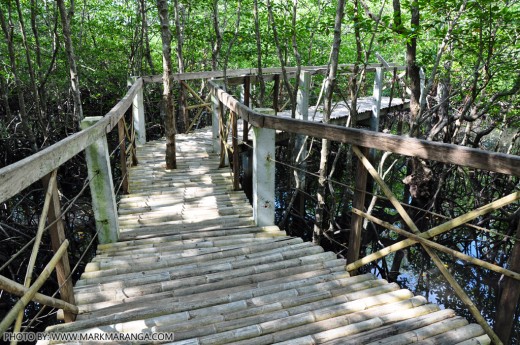
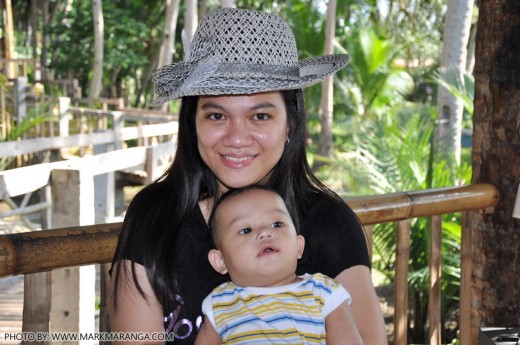
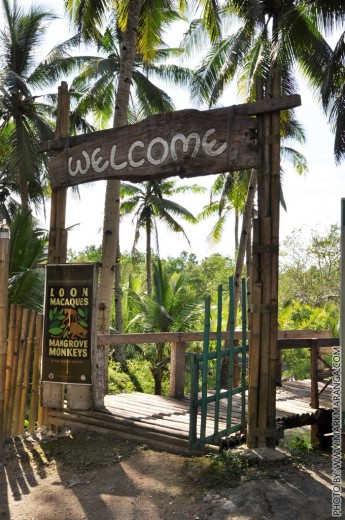
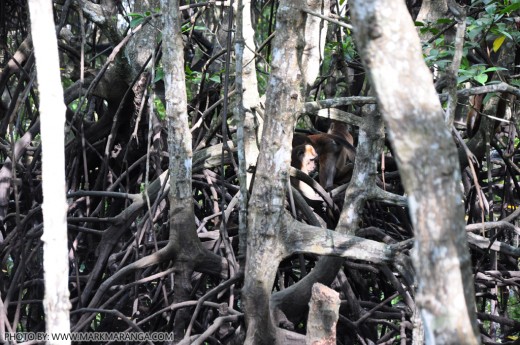
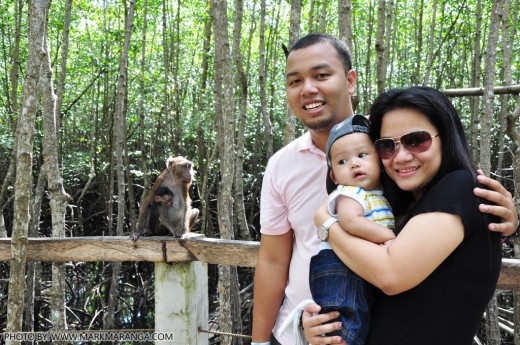
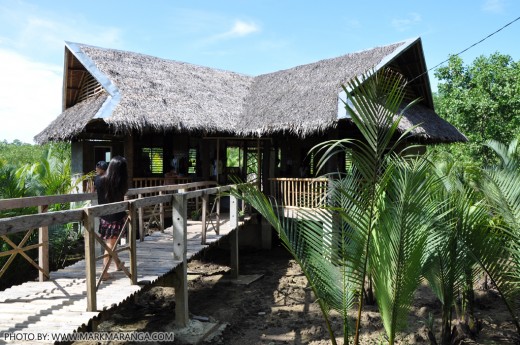
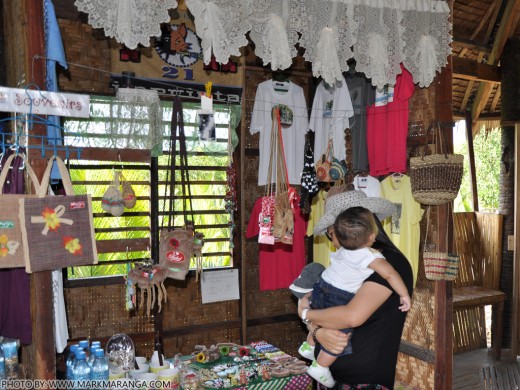
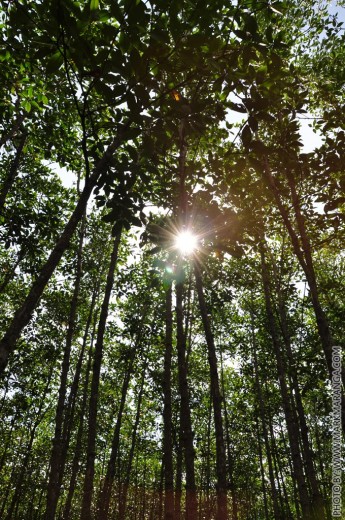
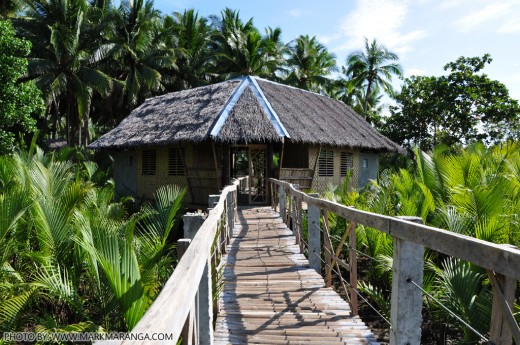
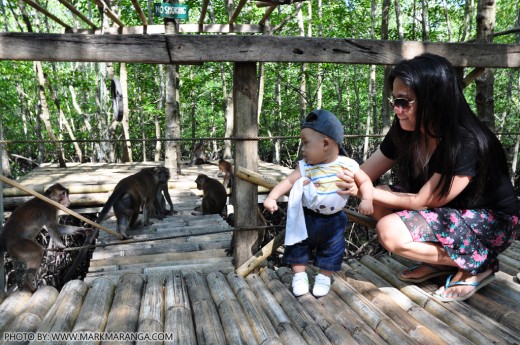
 Mark Anthony Maranga is an Educator-Parent to his 3 Homeschooling Kids. He sells
Mark Anthony Maranga is an Educator-Parent to his 3 Homeschooling Kids. He sells 










Hi There,
We are visiting bohol with family and considering this place for a day tour. I’m struggling to find this on the google map. Is it possible for you to point it and include in your helpful info? Thanks!
Thanks for helping us promote Bohol’s alternative ecotourism destination. Most of the text here were written/researched by yours truly and printed in our promotional brochure. Thanks, anyway.
Reigh,
You are welcome and thanks for visiting my website. Now I know who wrote those texts in the tarpaulin. Your name already appears in the “Contact Information” section but it’s just today that I learned you are the same person who wrote the text in the tarpaulin.
I added a “Written by: Reigh P. Monreal” just before the copied text.
Daghang salamat Bai Mark. Sabta na lang tong usa kay tigsulat man sab gud to siya, unya daku man gud kaayong hisgotanan ang pagpangopya karon tungod sa mga tigsulat pud sa atong paisanong senador. Mas mahinungdanon nga mapalambo pa nato ang atong mga maanindot nga dapit. Sa makausa pa, daghang salamat!
Mark,
I work with Reigh Monreal in Loon. I saw most of your text in this blog entry lifted from the tarpaulin stand found at the tourist receiving area. Word by word!
Please do not plagiarize and re-edit your story about this place. Thank you.
Joel
Joel,
You seem to be very arrogant. I made this blog in good faith and I am trying to help promote this place – one of the less visited attractions of Bohol. The tarpaulin you said is displayed publicly and does not have the name of Mr. Reigh Monreal. Besides, if you check the Contact Information, you can see his name and contact number there. Please let me know if you insist on re-editing the texts and I will ERASE this LOON MACAQUES webpage for your pleasure.
EDIT: I just noticed Mr. Reigh Monreal also commented on this page and he seems to be a nice guy and is cool with it!
Joel, you need to be cooler than Reigh so you won’t meet enemies along the way.
I added a “Written by: Reigh P. Monreal” above.
Well Bohol is really close to nature. This is a new great place but I hope it won’t sacrfice the normal habitat and activities of the monkeys, 🙂